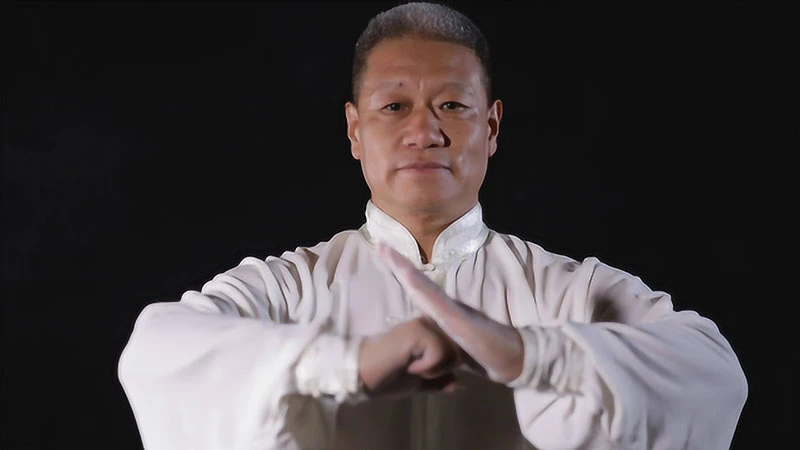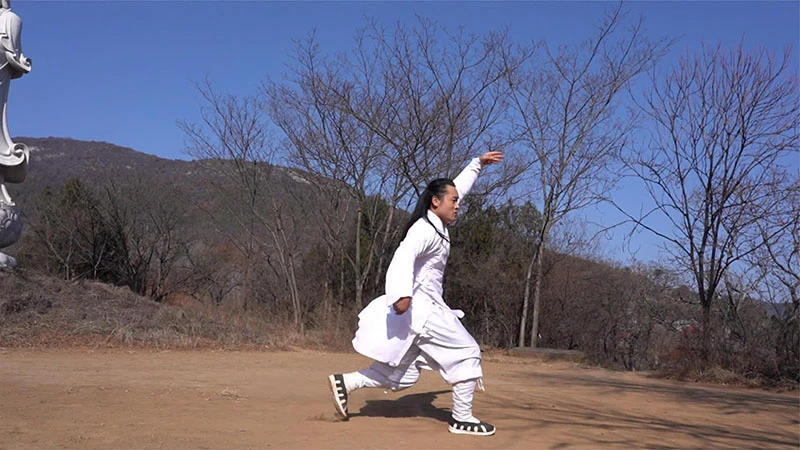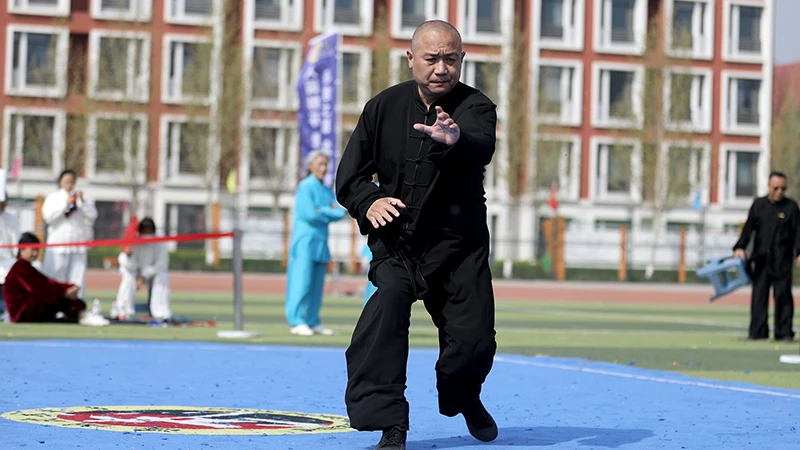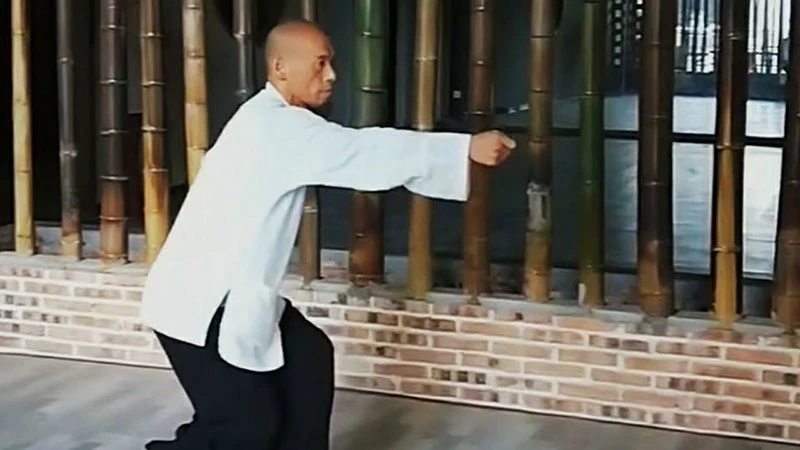For over five decades, Mei Dianxiu (梅殿修) has been a devoted practitioner and inheritor of Shang Style Xingyi (尚派形意拳), a martial art known for its dynamic and powerful movements. His journey began at a young age under the tutelage of Han Boyan (韩伯言), a disciple of the great martial arts master Shang Yunxiang (尚云祥). Now a respected figure himself, Mei continues to spread the teachings of Xingyi, having trained dozens of students and authored works to solidify this tradition’s place in the canon of Chinese martial arts.

A Lifelong Bond with Martial Arts
Mei's fascination with martial arts began early, but it wasn't until his teenage years that he encountered the true essence of martial training. Introduced to Han Boyan, Mei found a teacher who would shape not just his skills but his philosophy of life. “Learning martial arts requires discipline,” Mei often says, reflecting on the many nights he spent secretly training. Due to the societal restrictions of the time, Han could only teach at night. Mei would head to Daming Lake (大明湖), seeking secluded corners to practice alone, determined to master every technique Han passed down to him.
Those three years—marked by over a thousand nights of intensive training—cemented Mei’s commitment to Shang Style Xingyi. Even after his teacher returned to his hometown, and Mei himself was sent to the countryside during China’s political upheavals, the bond with his training never broke. Martial arts became his lifelong companion, guiding him through the changing landscapes of his career and personal life.
A Foundation in the Basics
At the heart of Shang Style Xingyi is a dedication to foundational practice. The core techniques, the "Five Elements Fist" and "Twelve Animal Forms," demand both physical and mental focus. Yet, as Mei recalls, none of this advanced training was accessible until the basic "Three Body Posture" was mastered. “I spent the first three months doing nothing but standing in that posture,” Mei says, recalling how his teacher wouldn’t allow him to move forward until his body showed signs of internal power.
This foundational posture, which emphasizes strength in the legs and a balanced alignment of the arms, is essential to all movements in Xingyi. Mei explains its significance: “The legs must be as firm as scissors, the steps like a writhing insect. The hands push and pull in harmony, ready to advance or retreat at any moment. Once you master this stance, everything else flows naturally.”
Following this initiation, Mei moved on to the Five Elements Fist techniques, which are designed to reflect the five classical elements—Metal, Water, Wood, Fire, and Earth. Each of these elements governs a specific striking technique, teaching practitioners not only combat skills but also corresponding health benefits, such as strengthening the lungs, liver, kidneys, heart, and spleen. “Xingyi is more than a fighting system,” Mei emphasizes, “it’s a way to harmonize the body with the elements, promoting both strength and internal health.”
The Twelve Animal Forms and Their Wisdom
In addition to the Five Elements, Shang Style Xingyi incorporates the Twelve Animal Forms, mimicking creatures such as the dragon, tiger, eagle, and bear. Each form takes inspiration from the animal’s most formidable traits—be it the dragon’s agility, the tiger’s ferocity, or the eagle’s sharp strikes. Mei loves to illustrate the subtle complexity behind each form: “For instance, the horse form is straightforward, drawing from the power of its hooves, while the tiger form represents the pouncing force of a predator. But when you get to the chicken form, you see real intricacy. It’s not just about pecking—there are layers of strategy, from its balance to its explosive energy.”
These animal forms hold deep symbolic meaning in Chinese martial philosophy, encouraging practitioners to not only embody the movements of the animals but also their spirit. This combination of physical technique with mental focus distinguishes Xingyi from other martial arts, fostering a deep connection between the fighter and the natural world.



